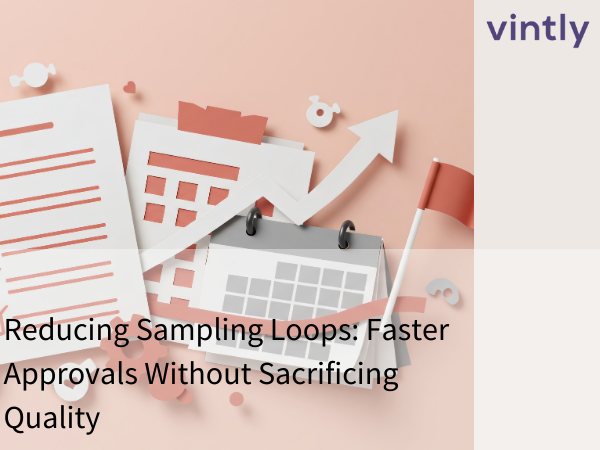Supply chain managers of apparel companies are often challenged with high supply chain complexities including how to tackle fluctuating demand, overseeing costs, and managing a complex network of external partners and global suppliers. By adapting strategies, technologies and partners that enable automation and digitalisation of supply chain operations, companies can ensure that their supply chain systems are optimised to be as efficient and profitable as possible.
In this article, we set out to explore three common pain points related to supply chain visibility and faced by supply chain managers working in mid-size fashion companies, highlight available strategies that can be used to mitigate them, and offer advice on how to stay ahead of competitors by implementing innovative supply chain solutions.
Supply chain visibility pain points
Supply chain visibility is one of the major challenges faced by supply chain managers today. In fact, only 6% of companies report full visibility on their supply chain, but what does supply chain visibility really mean?
One aspect of supply chain visibility is supplier management; a process that is essential in achieving full transparency on who you are trusting to produce goods on your behalf. This includes mapping out second and third tier suppliers, ensuring that production is in line with your quality standards, and that your suppliers are aligned with your company values and other expectations.
A second aspect is managing inventory and making certain that you know (at any given time) how much of your inventory is either available to sell, in production or on an inbound transportation. This requires keeping records of stock ledgers, transportation bookings and reports of received goods updated on a daily basis. Moreover, third party providers (forwarders and warehouses) must be either in direct communication with each other, or receive necessary information from you regarding incoming goods, sold goods and other important data.
A third aspect of supply chain visibility is ensuring your logistics setup is aligned with market expectations, i.e. timing your product availability with market demand. Long production and transportation lead times make it difficult to foresee actual delivery and to take proper action that can help mitigate risks caused by external factors, such as workers strikes, logistics bottlenecks and inflation. Not having a clear strategy for how to reach the market on time can result in decreased consumer interest, leading to missed opportunities and decreased income.
Strategies and tools for improving supply chain visibility
To tackle risks related to the above mentioned pain points, companies should strive to implement ways of working that enable them to identify operational risks and take action on those, rather than sticking to processes that require heavy manpower and continuous risk aversion. This can be achieved with the help of digital tools that facilitate automation and daily operations as well as minimise delays and other bottlenecks. Furthermore, automation and use of technology can have positive effects on lead times, maximise efficiency in stock management, and provide clearer and more timely product information to the market. Want to know more about supply chain digitalisation? Check out this great article about supply chain control towers.
Vintly - the optimal platform for supply chain visibility
With the Vintly platform, clients onboard their suppliers, monitor all purchase orders and production activities, as well as keep all communication related to production and transport in one place. Vintly is their “go to” when they need the latest data on where their goods are and how their suppliers are performing, enabling real time visibility and less fire fighting. Read more about what Vintly can do for you on our solutions page.
.png)


